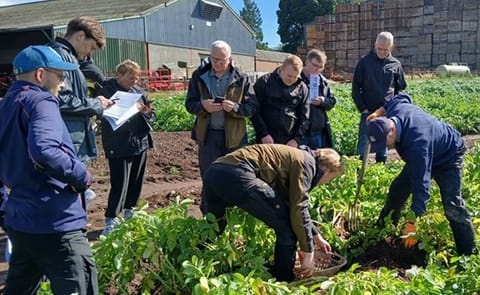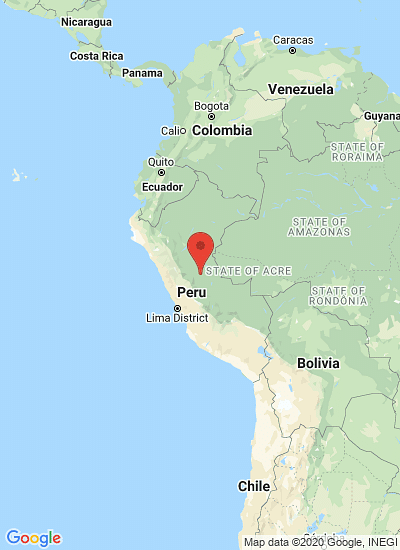Iron deficiency is the most common nutritional disorder in the world – affecting 50% of pregnant women and 40% of preschool children in developing countries, according to the World Health Organization. Since potatoes are naturally good sources of iron, the International Potato Center (known by its Spanish acronym CIP) is working to add further nutritional value through breeding, or biofortification, of potato. It is a very promising alternative for improving health in poor communities, where access to meat is limited and people cannot afford commercially fortified foods and vitamin supplements.
The bioavailability of iron in potato is also important, and can be greater than that from cereals and legumes. Potatoes have high levels of ascorbic acid, which promotes iron absorption. They also have low levels of phytic acid, which inhibits of iron absorption. CIP efforts are focused on identifying and breeding varieties that are rich in both iron concentration and bioavailability.
Health consequences of iron deficiency include impaired physical and cognitive development, increased risk of morbidity in children, and reduced work productivity in adults. In the Peruvian highlands, up to 60% of preschool children suffer the stunting effects of malnutrition, with iron deficiency as the main contributing factor.
The potato is recognized as a key food staple, but its potential for combating malnutrition is not well known or exploited. “For example, in Huancavelica in the Peruvian highlands, women and children consume an average of 800g and 200g of potato per day, respectively,” explains Gabriela Burgos, who leads the Quality and Nutrition Laboratory at CIP. “So improving iron concentrations and bioavailability in potato can have real impact in these areas.”
Five years ago, with funding from the HarvestPlus program, CIP started to screen the potato germplasm in its genebank for micronutrients (iron, zinc, vitamin C, and phenolic). Initial screening of 579 native Andean potato varieties and 315 improved varieties showed a wide variation for iron and zinc concentration and a large genetic diversity that could be exploited in breeding programs.
CIP agronomist Walter Amorós explains: “We selected a group of potatoes for their high levels of iron, and we have done a whole series of crosses with them and studied the progeny,” he says. “From a baseline iron content of 19mg / k, we’ve achieved levels as high as 40mg / k after two selection cycles.”
The future challenge is to combine these cultivars with CIP’s advanced breeding lines that have disease and pest resistance, high yield, and high acceptance from farmers.








